
Wasp stings are very common, especially for people who spend a lot of time outdoors. These stings can, unfortunately, occur at home as well, as some species of wasps nest in or around houses. Generally speaking, wasp stings are not dangerous for people who are not allergic, but they do cause a significant amount of pain and discomfort.
About wasp stings
Wasps are predatory insects with two pairs of wings and a stinger. There are several species of wasps, some of them are more dangerous and known for attacking people frequently, while others only attack when they are irritated, angry or scared. Paper wasps, yellow jackets and hornets are the most common ones.
Unlike bees, wasps can sting more than once, because of their ability to insert and withdraw the stinger. When it attacks, a wasp uses the stinger to inject a small amount of venom into the skin, and the venom causes an allergic reaction including pain, redness, itching and swelling. Wasps also release a pheromone that warns other wasps of danger and invites them to join in the attack, which can be particularly dangerous for the sting victim.
Normal reaction to a wasp sting includes pain at the sting site, localized redness, swelling and itching. If the reaction spreads more than 12 inches from the sting, it may be a sign of a systemic reaction, which can be very dangerous and even fatal and requires immediate medical attention.
Treatment for wasp stings
The first thing to do is to check if the stinger is out. If it breaks and remains partly inserted into the skin, it continues to inject the venom and therefore should be carefully removed with tweezers.
After this, the sting site should be washed with cold or lukewarm water and antibacterial soap and dried. In case the pain is intense, it is recommended to take ibuprofen or a similar pain killer, and if the itching is severe, oral antihistamines can be taken to relieve it.
Ice packs should be applied in 20 minute intervals. Ice numbs the area and thus helps with the pain and, in addition, it prevents the venom from spreading.
The swelling can be reduced by applying white or apple cider vinegar with a cotton ball. Pickle juice can help too. Some people use sliced onions or potatoes applied directly to the skin, which seem to stop the action of the venom almost immediately.
It is very important to watch for the signs of the severe allergic reaction to the wasp sting, or anaphylaxis. The signs may include compromised respiratory function, low blood pressure, pale skin, severe hives, nausea and vomiting, fainting and shock. If any of these symptoms occur, the sting victim must be rushed to the nearest medical facility.


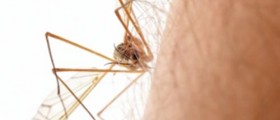
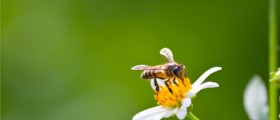
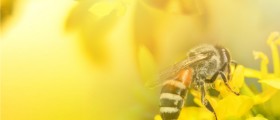
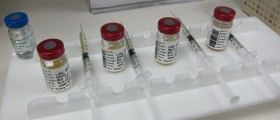
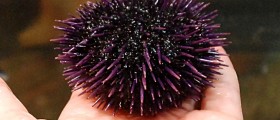
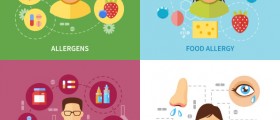

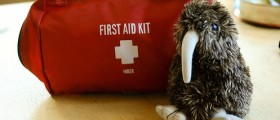

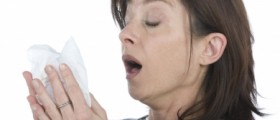

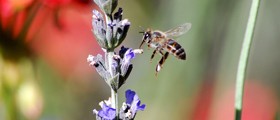

_f_280x120.jpg)
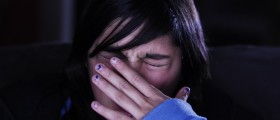
Your thoughts on this
Loading...